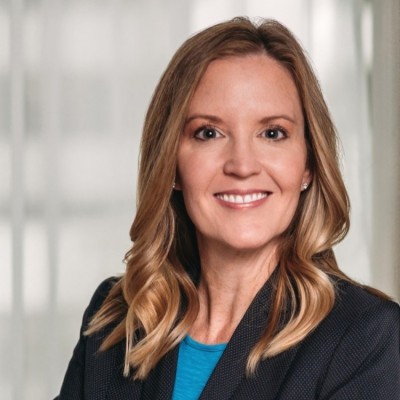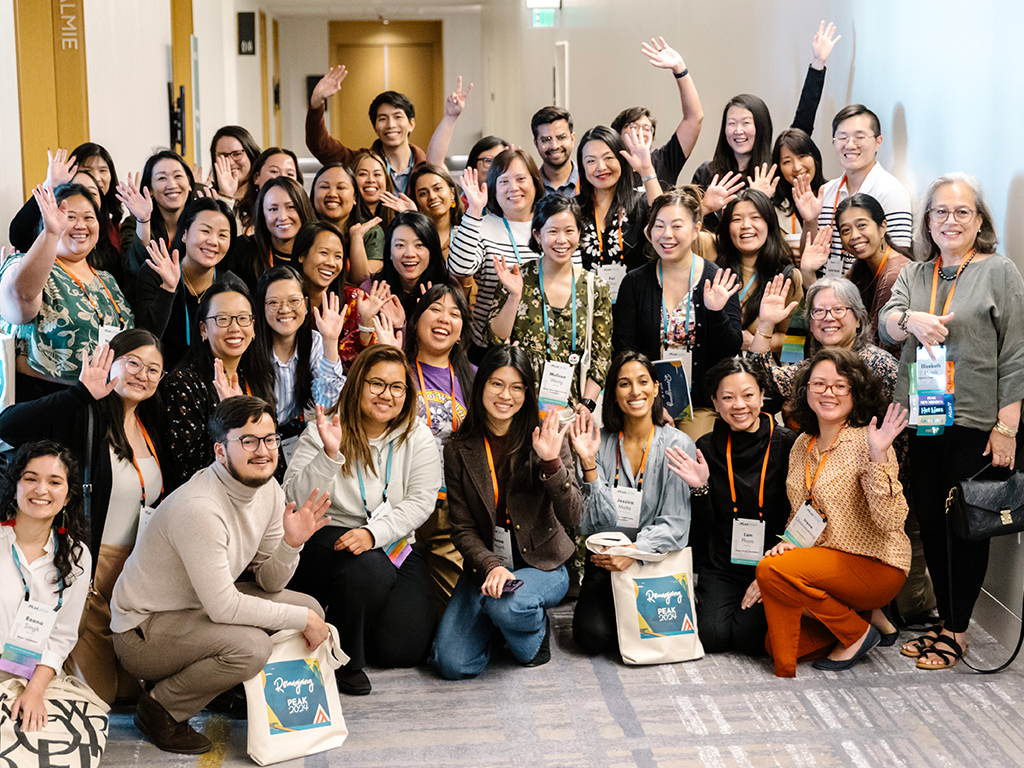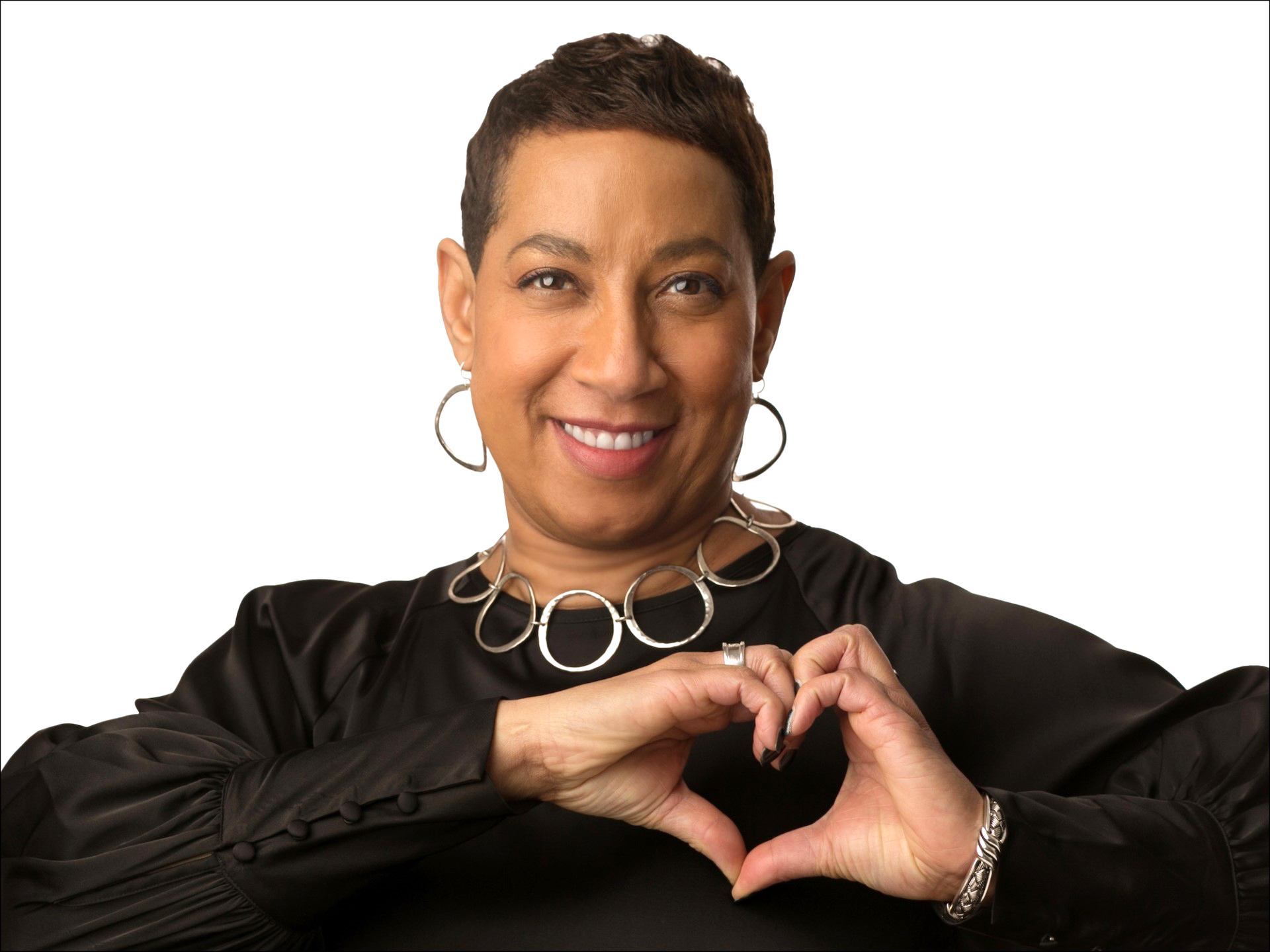What is Your 2021 Equity Pledge? How to Operationalize Equity in Philanthropy

With increased focus and funding, philanthropy continues to prioritize the work of racial equity; however, operations teams including IT departments are often left behind. This gap was first identified in 2018 through the results of the State of Philanthropy Tech survey by the Technology Association of Grantmakers (TAG). At the time, 40 percent of responding foundations reported that no DEI training whatsoever was offered to technology staff. As you can imagine, the TAG community was stunned by these findings and vowed to remediate them by authoring editorials, providing workshops, study groups, and offering space for cohort convening.
Unfortunately, the gap persists.
In the 2020 State of Philanthropy Tech survey, 37 percent of responding foundations were still not offering any DEI training to technology staff. Beyond training, 40 percent of survey respondents in 2020 did not have any of the following diversity, equity, and inclusion (DEI) programs their organizations have in place for technology departments.

While an egregious oversight, there’s room for optimism: Our 2020 survey results reflect an 11 percent improvement over 2018 when 51 percent of respondents indicated that technology teams had no DEI programs in place. When coupled with this year’s increased focus on social justice and the role of technology in exacerbating bias, this momentum serves to forecast a watershed moment.
I’ll say that differently: Now is our watershed moment.
2021 must be the year when foundations address the gap in equity programs and training for operations staff such as IT. Already among the TAG membership, I’m seeing organizations commit to providing DEI training not only for IT staff but contractors and vendors as well. I’m seeing organizations recognize that they need to move beyond a “check the box” approach to hiring diverse staff and also provide development and leadership cultivation. This deeper understanding of equity and inclusion offers a maturity model worth emulating. As shown below, organizations who recognize that developing diverse leadership is key to culture change tend to offer more programs and training for IT teams than their peers.

Such mature organizations are worth examining further. Have these organizations responded to internal forces of change, or have the events of 2020 stimulated a new commitment to equity? What lessons have they learned? What strategies have been most effective? Leveraging the momentum of 2020 will require lamp-posts to inspire and guide. It will also require accountability.
A Roadmap for the Equity Journey
As as we evolve together toward a just and sustainable future, how can we hold ourselves accountable for progress? And what does progress look like? Recently, tech and operations staff from TAG member foundations met to reflect upon the equity journey in their organizations, identifying both a roadmap as well as hotspots or “stuck points” on that roadmap toward greater equity. While hardly canonical, the resulting roadmap offers a method for situating one’s current state and charting steps toward progress. Moreover, the hotspots (shown below in red) serve to identify areas where philanthropy-serving organizations such as TAG, PEAK, and others might offer programs to bridge gaps or help foundations work through areas where they’ve stalled.

For example, on the journey map above, you can see that many foundations in the “Getting Started” phase have built Awareness and space for Reflection but that creating Assessment methods is a common challenge. Further down the roadmap, more mature organizations find additional challenges in Developing Vision, Goals, Measure, and Policies, Training Staff and Vendors, and holding Difficult Conversations. The use of such journey maps enables us to see our efforts in the context of a long-term commitment. You might, for example, ask your teams questions such as: Where are we today? What progress have we made and where would we like to go? Where are we finding ourselves getting stuck?
Because each organization will situate themselves differently on the equity journey, it’s vital to meet people where they are and offer support when they get stuck. As such, I’m pleased to share that TAG, in partnership with other philanthropy-serving organizations, is offering a unique set of programs in 2021 and 2022 to move equity work forward in tech teams, no matter where a foundation finds themselves on the journey.
Start Where You Are Today
What would it look like to take one new step this year – One new step toward building equitable and inclusive practices, programs, technology, and more? Starting 2021 with a firm commitment to drive equity in philanthropy and society, how might we each hold ourselves accountable for taking the next step on the journey?
To address the gaps we’ve seen in the State of Philanthropy Tech survey, TAG is launching a two-year series of programs, peer-learning, policy tools and templates, and accountability partnerships designed move equity work further toward maturity in your organization. Hallmarks of the program include:
- A roadmap for equity work in philanthropy tech teams based upon existing frameworks and the maturity model emerging from the State of Philanthropy Tech survey.
- Case studies elevating best practices at various stages in the maturity model/roadmap.
- Training for tech teams and vendors at key points in the roadmap where organizations become “stuck” and unable to advance.
- Library of DEI communication templates, policies, case studies, assessment tools, training, etc. accessible to TAG members on our website.
- A compendium of minority-led and equity-committed technology providers as well as providers who have completed TAG’s training program
- Opt-in accountability methods for participants to hold themselves accountable to peer participants as well as their organizations.
The role of technology and operations teams is a vital one for ensuring that equity is more than a façade in philanthropy. In 2019, I made the case in Inside Philanthropy with Satonya Fair (now PEAK’s President and CEO) that the consequences of biases in technology systems unwittingly undermine the work of philanthropy by silently promulgating inequity. Including technology staff and contractors in your foundation’s equity work is one key way to take a more holistic approach.
Today, I invite you to start where you are and commit in 2021 to taking one step toward a reimagined society. Learn more and register for upcoming events at myequitypledge.org.
About TAG
For two decades, the Technology Association of Grantmakers (TAG) has provided global leadership for the role of technology in philanthropy. TAG is a non-profit membership organization that promotes the strategic use of technology in the social sector to solve problems and improve lives. With over 1,700 members at 400 foundations throughout North America and beyond, TAG provides IT and grants management professionals in philanthropy with knowledge, networks, mentoring and educational opportunities.



